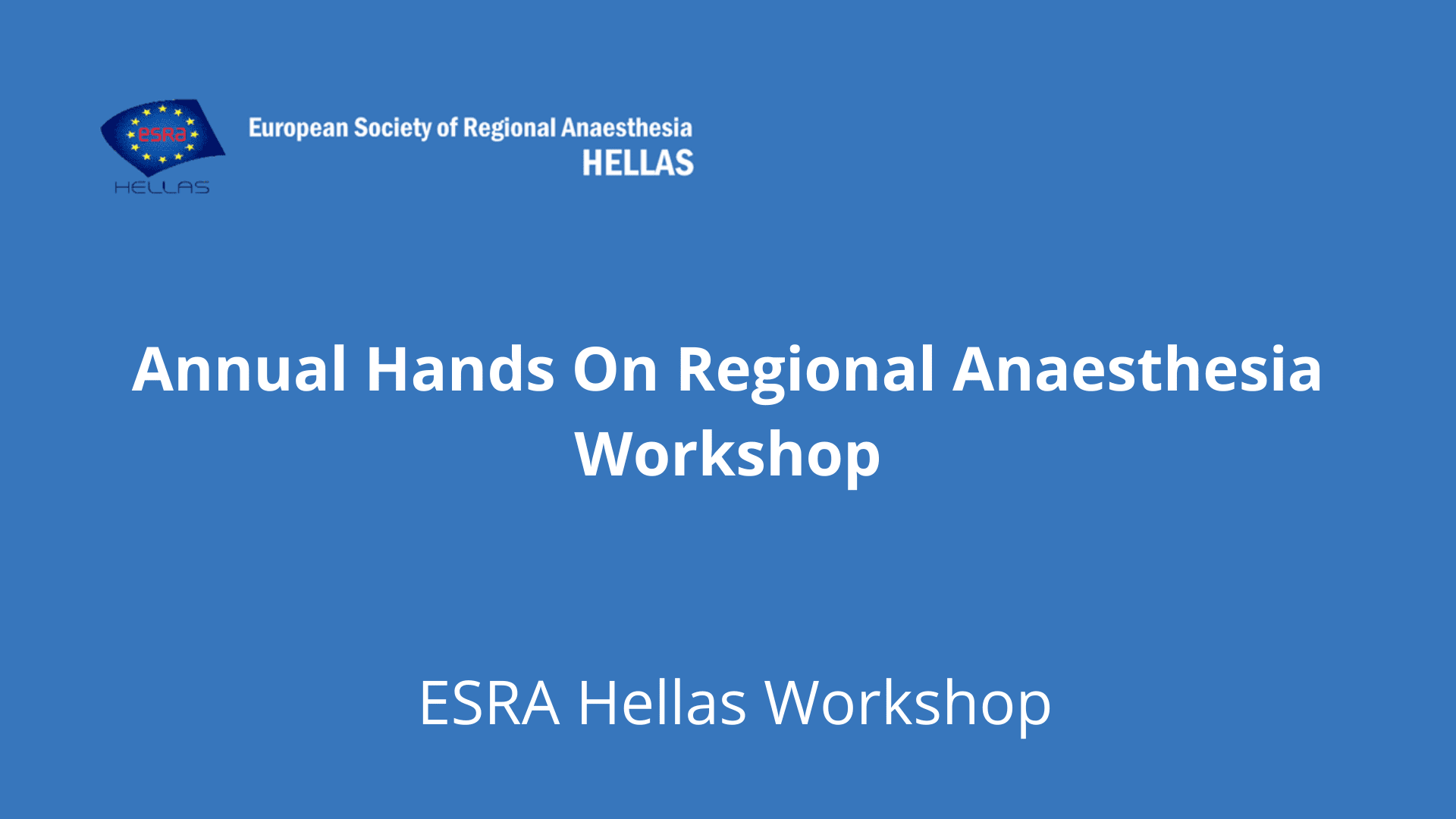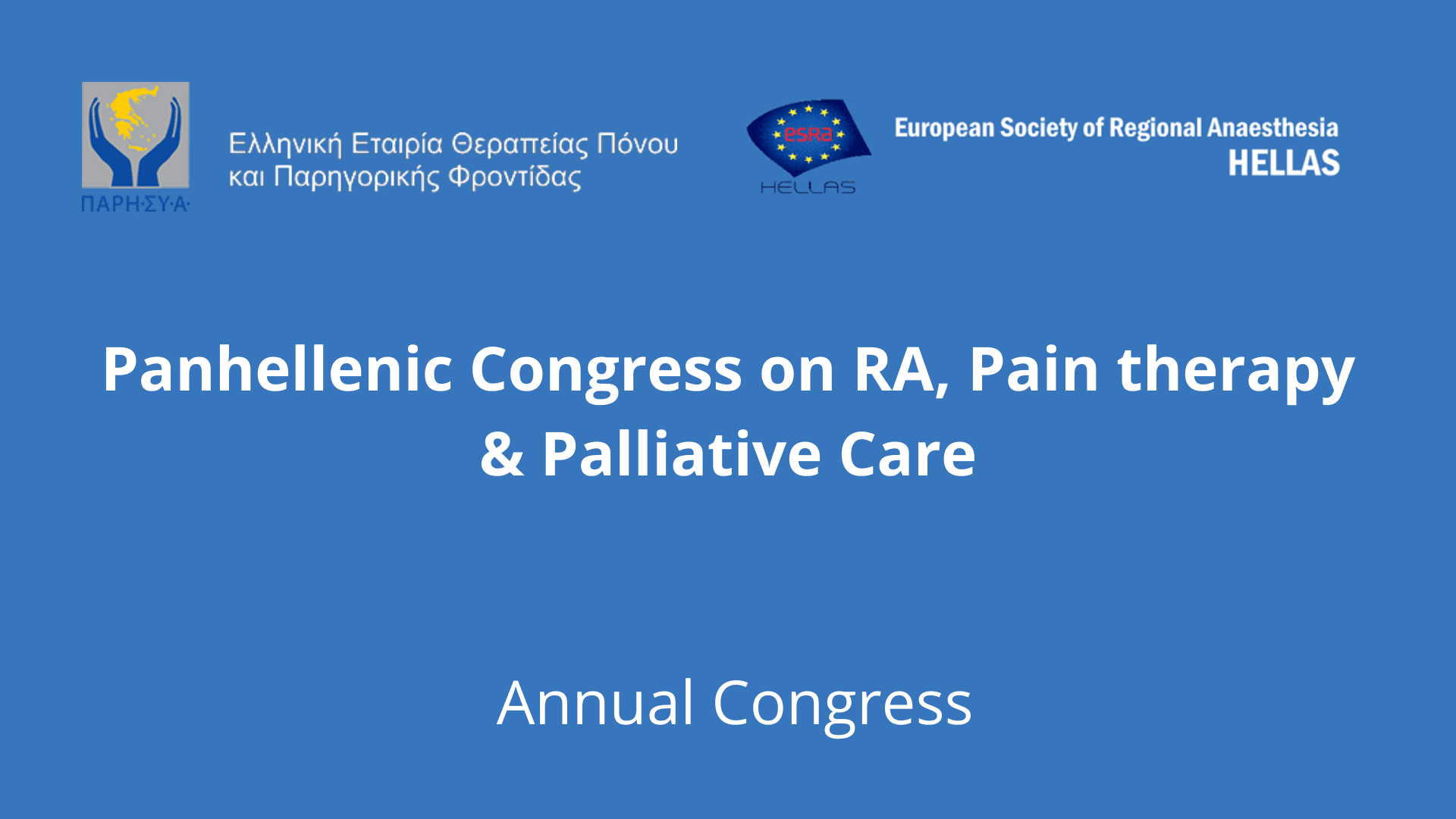Herniorraphy

Herniorraphy- PROSPECT
GUIDELINES – RECOMMENDATIONS
Procedure Specific Postoperative Pain Management
GUIDELINES – RECOMMENDATIONS
Procedure Specific Postoperative Pain Management
HERNIORRAPHY
SUMMARY RECOMMENDATIONS
Algorithm for the Management of Postoperative Pain: click here
Patient Advice: click here
Patient Assessment: click here
The recommendations of the PROSPECT Working Group are graded A – D, based on the level of evidence from the studies, which is in accordance with the Oxford Centre for Evidence – Based Medicine (CEBM website accessed Dec 2003, Sackett 2000). In the context of PROSPECT,Recommendations based on procedure – specific evidence are grade A (randomiZed clinical trials), those based on transferable evidence are grade B (randomiZed clinical trials) or grade C (retrospective studies or case series) and those based on clinical practice are grade D. (Click here for further information on levels of evidence and grades of recommendation).
Οι προτεινόμενες Συστάσεις της Ομάδας Εργασίας της PROSPECT “βαθμολογούνται” ανάλογα με το συνολικό επίπεδο επιστημονικής τεκμηρίωσης – απόδειξης (Οverall Level of Evidence – LoE), στο οποίο και στηρίζονται και το οποίο καθορίζεται από την ποιότητα και τις πηγές από τις οποίες προέρχονται οι επιστημονικές πληροφορίες (Levels of Εvidence and Grades of Recommendation in PROSPECT reviews from 2006).
PROSPECT provides clinicians with supporting arguments for and against the use of various interventions in postoperative pain based on published evidence and expert opinion. Clinicians must make judgements based upon the clinical circumstances and local regulations. At all times, local prescribing information for the drugs referred to must be consulted.The following pre-, intra- and postoperative interventions have been evaluated for the management of postoperative pain following herniorraphy:
PREOPERATIVE PERIOD
Recommended
Systemic
- Conventional NSAIDs (Grade A) or COX-2 selective inhibitors (Grade A)
Local Anaesthetic Techniques
- Inguinal Nerve Block / Field Block / Infiltration, pre-operatively and / or intra-operatively (Grade A)
- Long – Acting Local Anaesthetics (Grade D)
Not Recommended
Systemic
- Clonidine (Grade D)
- Corticosteroid (Grade D)
- Gabapentin / Pregabalin (Grade D)
- Ketamine (Grade D)
Local Anaesthetic Techniques
- Epinephrine (Grade A), Dextran (Grade D) or Corticosteroid (Grade D) as part of a Local Anaesthetic Solution
- Paravertebral Nerve Block (Grade D)
Other Local Analgesics
- Wound Infiltration with Clonidine (Grade D)
- Wound Infiltration with Conventional NSAIDs (Grade A)
- Topical Conventional NSAIDs (Grade D)
INTRAOPERATIVE PERIOD
Recommended
Local Anaesthetic Techniques
- Inguinal Nerve Block / Field Block / Infiltration, pre-operatively and / or intra-operatively (Grade A)
- Long – Acting Local Anaesthetics (Grade D)
Operative Anaesthetic Techniques
- Local Anaesthesia ± Sedation OR General Anaesthesia in combination with Local Anaesthetic Techniques (Inguinal Nerve Block / Field Block / Infiltration) (Grade A)
- Long – Acting Local Anaesthetics (Grade D)
Operative Techniques
- Open or Laparoscopic Surgery (Grade D)
- Mesh Techniques (Grade A) – No Recommendations for one particular open Mesh Technique, Prosthesis Type or Mesh Fixation Technique over another due to limited available Pain Data
Not Recommended
Systemic
- Clonidine (Grade D)
- Gabapentin / Pregabalin (Grade D)
- Ketamine (Grade D)
Local Anaesthetic Techniques
- Epinephrine (Grade A), Dextran (Grade D) or Corticosteroid (Grade D) as part of a Local Anaesthetic Solution
- Local Anaesthetic Instillation (no needles) at closure (Grade D)
- Extraperitoneal Instillation of Local Anaesthetic during Laparoscopic Surgery (Grade A)
- Paravertebral Nerve Block (Grade D)
Other Local Analgesics
- Wound Infiltration with Clonidine (Grade D)
- Wound Infiltration with Conventional NSAIDs (Grade A)
- Wound Infiltration with Strong Opioid (Grade A)
Operative Anaesthetic Techniques
- Epidural Anaesthesia (Grade D)
- Spinal Anaesthesia (Grade D)
Operative Techniques
- Open Non – Mesh Surgery (Grade A)
Nerve Section / Cryoanalgesia Techniques
- Surgical Division of the Ilioinguinal Nerve (Grade A)
- Cryoanalgesia (Grade A)
POSTOPERATIVE PERIOD
Recommended
Systemic
- Conventional NSAIDs (grade A) or COX-2 Selective Inhibitors (grade A)
- Paracetamol, for routine pain therapy in combination with conventional NSAIDs / COX-2 selective inhibitors (Grade B)
- Weak Opioids for moderate intensity pain when conventional NSAIDs / COX-2 selective inhibitors plus paracetamol are not sufficient or are contraindicated (Grade B)
- Strong Opioids as rescue analgesia only (for high – intensity pain), in addition to non – opioid analgesia (Grade B)
Not Recommended
Systemic
- Gabapentin / Pregabalin (Grade D)
- Ketamine (Grade D)
Local Anaesthetic Techniques
- Continuous Infusion with Local Anaesthetic by a Catheter in the Wound (Grade D)
- Single / Repeat Dose of Local Anaesthetic by a Catheter in the Wound (Grade A)
- Postoperative Subcutaneous Infiltration with Local Anaesthetic (Grade D)
Non – Pharmacological Techniques
- TENS (Grade A)
HERNIORRAPHY
OVERALL PROSPECT RECOMMENDATIONS
RECOMMENDATIONS
Preoperative Intraoperative
- Local Anaesthesia ± Sedation
OR General Anaesthesia in Combination with Local Anaesthetic Techniques
(Inguinal Nerve Block / Field Block / Infiltration) - Long – Acting Local Anaesthetics
in preference to Short – Acting Local Anaesthetics - Open or Laparoscopic Surgery
depending on factors other than Postoperative Pain - Mesh Techniques in preference to Non – Mesh Techniques
Postoperative 0–6 hours (including PACU)
For Postoperative Analgesia in addition to that provided by Intraoperative Local Anaesthetics
- Base Medication
Conventional NSAIDs / COX-2 Selective Inhibitors
(use Weak Opioids when these drugs are contraindicated)
Combine with Paracetamol - Add Weak Opioid when VAS > 30 and < 50*
- Add Strong Opioid when VAS > or = 50*
Postoperative Beyond 6 h
- Continue Base Medication
Conventional NSAIDs or COX-2 Selective Inhibitors
(use Weak Opioids when these drugs are contraindicated)
Combine with Paracetamol - Add Weak Opioid when VAS > 30 and < 50*
- Add Strong Opioid when VAS > or = 50*
*
VAS > or = 50, on a scale of 1 – 100 mm = high – intensity pain
VAS > 30 or < 50, on a scale of 1 – 100 mm = moderate - intensity pain
VAS < or = 30, on a scale of 1 – 100 mm = low - intensity pain
NOT RECOMMENDED
- Preoperative IV Opioids
- IV Magnesium
- Spinal Anaesthesia
- Epidural Anaesthesia
- Systemic Clonidine, Corticosteroid, Gabapentin/Pregabalin, Ketamine
- Addition of Clonidine, Ketorolac, Ketamine to Anaesthetic Solution
- Epinephrine as part of Local Anaesthetic Solution
- Intraoperative Wound Instillation with LAs
- Paravertebral Nerve Block
- Postoperative Single / Repeat Wound Injection of LAs
- Postoperative Continuous Wound Infusion with LAs
- Wound Infiltration with Conventional NSAIDs, Clonidine, Weak / Strong Opioids
- Topical Conventional NSAIDs
- Nerve Section, Cryoanalgesia
- Warming Techniques / TENS
- Bowel Preparation






